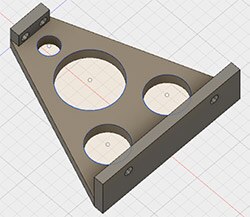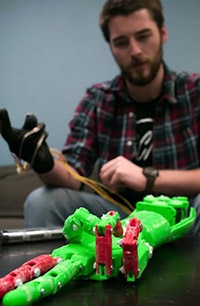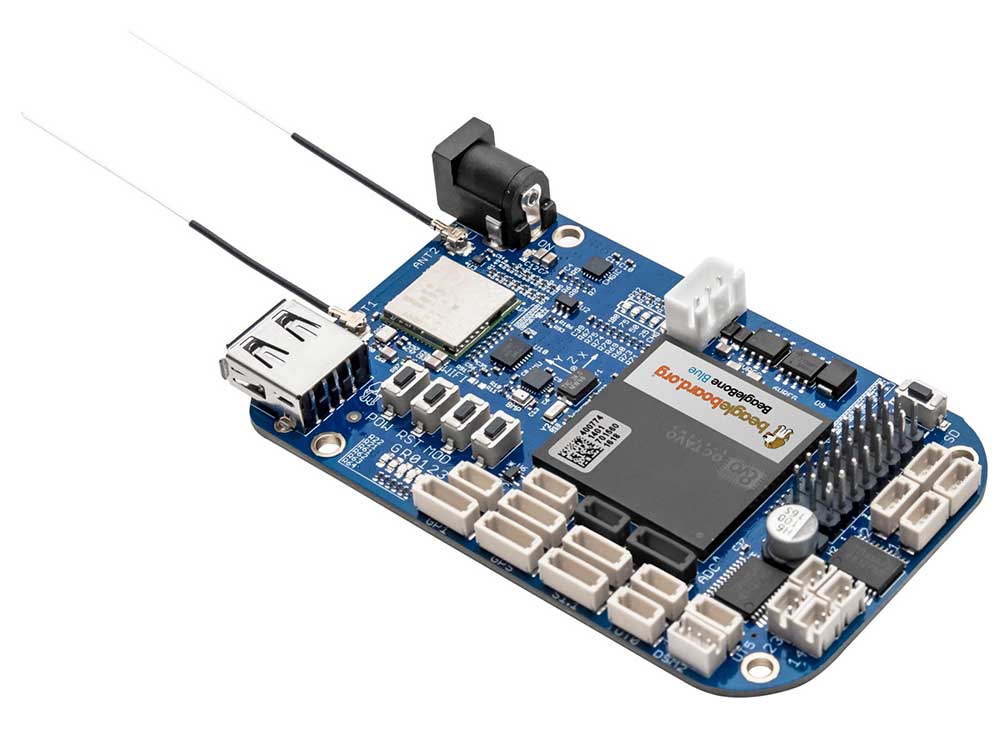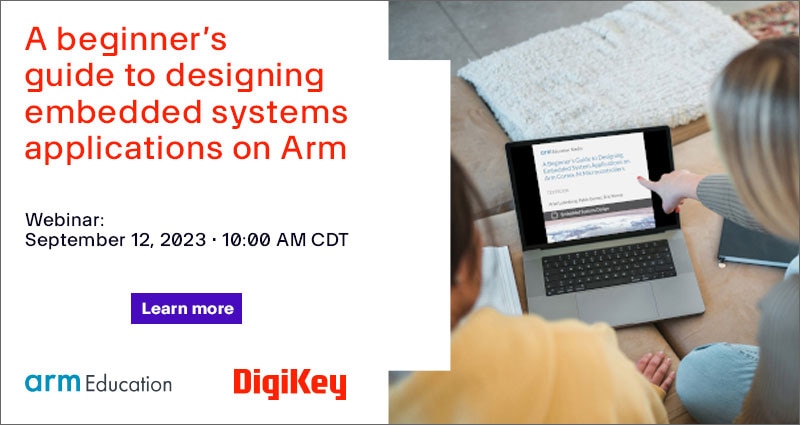5 Steps to Modeling Your Own 3D Print
Modeling an item to print in 3D software can be intimidating if you haven’t had much experience with it before. This blog is going to touch on the very basic steps required to go from idea to print using a servo motor stand example.
Step 1: Generate an idea.
For a recent project, I needed a way to mount a servo motor at an elevated level with the arm upright. It had to be securely mounted so it wouldn’t tip over, and thick enough to handle the torque put on the motor.
Step 2: Measure, measure, then measure again.
First, I pulled up the datasheet of the servo that was being used to get the measurements from the mounting holes. Then, I needed to figure out how high it needed to be mounted. Measurements are the most important step. Unless you feel like re-drawing your model multiple times, measure correctly.
Step 3: Draw it out.
At this point, I could see what I needed to draw in my head. Some people may prefer to draw it out on paper first to ensure it’s correctly drawn in the software, but it wasn’t necessary for this project. I’m familiar with Autodesk’s Fusion 360, so that’s what I use. Whatever software you select, watch their getting started tutorial for tips and tricks. This will save time and frustration.
Step 4: Can my drawing print well?

This step can be placed before you draw it in the software, or after. 3D printing can be tricky. Items that overhang do not typically print well and need a lot of support material, which can be frustrating to remove. You’ll see from my 3D image that I have a couple tabs sticking out. One at the top and one at the bottom. Initially I had one on each side of the vertical piece, then realized that would not print well. With both tabs on the same side, I was able to print the model on the large flat side so there were no overhangs. Then, to save print time and filament, I added holes on the vertical piece. They were placed far enough apart, with thick enough walls, that the mount was still strong enough to handle the torque placed on the servo. See the drawing here: http://a360.co/2CEeFJu, or view the image to the right.
Step 5: Print.
As I noted above, there are a few things to consider before attempting to print an item. Not everything will print well. Some of this depends on the quality of the printer, but overall gravity and physics prevent some structures from printing correctly. Ensure that it’s in the best orientation on the print bed for the highest quality print, then go for it. Worst case scenario, you will need to redraw or reprint.
This is a very basic overview of the process to create and print a 3D model. Learning more about 3D modeling software and the configurations of 3D printers can be a huge advantage. Any 3D modeling or printing software will have getting started tutorials. The best way to learn is to watch those, then dive in and have fun!

Have questions or comments? Continue the conversation on TechForum, Digi-Key's online community and technical resource.
Visit TechForum








